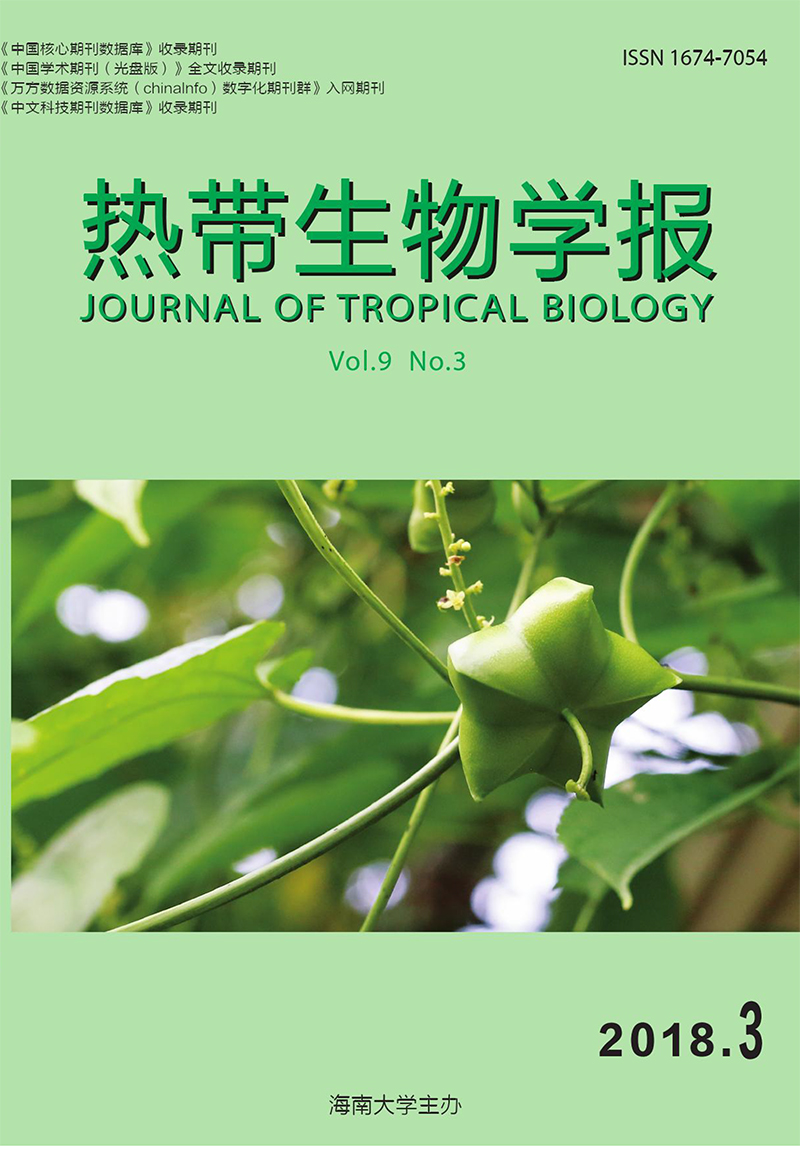Effects of Cultivation in Different Mulching Patterns on the Agronomic Traits of Shanlan Upland Rice and Weed Control
doi: 10.15886/j.cnki.rdswxb.2018.03.012
- Received Date: 2018-05-03
- Rev Recd Date: 2018-05-25
-
Key words:
- Upland rice /
- Shanlan upland rice /
- mulching in upland cultivation /
- non-woven fabric /
- weed control /
- yield
Abstract: Shanlan upland rice variety Baishabainuo was cultivated under wetting irrigation in different mulching patterns with non-mulching as a control,and its growth duration,the soil moisture content,the dry weight of weeds and yield components in all the treatments were determined to analyze the effect of different mulching patterns on the agronomic traits of Shanlan upland rice and weed control. The results showed that the growth duration of Shanlan upland rice was shortened by 5-7 days in the mulching treatments as against the control( non-mulching). The soil moisture content during the growth Stage was higher in the mulching treatments than in the control in the order of rice straw > non-woven fabric > non-mulching. Weed control was better in the mulching treatments than in the control in the order of non-woven fabric > rice straw > non-mulching. The non-woven fabric mulching and rice straw mulching had an overall weed control of 59. 62%-94. 75% and 35%-74. 43%,respectively. The actual yield of Shanlan upland rice in the non-woven fabrics mulching pattern was increased by 3. 3% as compared to that of the non-mulching treatment. Upland cultivation with mulching increased rice yield and played a role in water conservation and weed control. The mulching with non-woven fabric was the best in weed control,soil moisture retention and rice yield increase in Shanlan rice cultivation.
| Citation: | HE Guangliang, ZHAO Jianfa, HE Meidan, KE Zhi, YUAN Qianhua. Effects of Cultivation in Different Mulching Patterns on the Agronomic Traits of Shanlan Upland Rice and Weed Control[J]. Journal of Tropical Biology, 2018, 9(3): 344-349. doi: 10.15886/j.cnki.rdswxb.2018.03.012 |






 DownLoad:
DownLoad: